After a bit of debating, I decided to outfit my Glock 17 (3rd Generation) with a Trijicon RMR sight. The Ruggedized Miniature Reflex (RMR) sight has slowly gained quite a bit of popularity in the firearms community in the past several months.
When I saw a photo online of a Trijicon RMR on a Glock, it prompted me to look more into it and get the ball rolling as far as my desire to “soup-up” my Glock 17.
First things first. In order to run the RMR on a pistol, you will need to modify the pistol so you can screw the reflex sight down onto a mounting point.
The old-school IPSC shooters would modify the frames of their 1911’s so they could put a fixed mount/rail that placed the red dot or reflex sight above the slide of the gun.
Traditional red dots and reflex sights are actually fairly heavy with respects to pistols, and their size made them unfeasible to attach directly to the slide (since it would make the slide too heavy and bulky, affecting the operation of the gun).
But the frame mount system also kept the optic from being ‘beat’ by the action since the optic wouldn’t move since it’s not directly attached to the slide.
In recent years, the size and weight of reflex sights has decreased significantly. Since the size of the reflex sights has become smaller, and the durability and ruggedness of these sights have also improved from previous generations, direct slide mounting is a feasible option.
That leaves the issue of drilling and tapping the slide for the RMR. Rather than simply drilling and tapping two holes into the top of the slide, the trend (at least for Glock pistols) is to mill a slot into the slide so the RMR can sit in the slide rather than on top of the original surface.
This does two things. One, it actually creates a secure surface since the RMR is actually curved on the front face, so if the slide is milled perfectly, the cut in which the RMR sits in will keep it locked into place and prevent it from moving laterally.
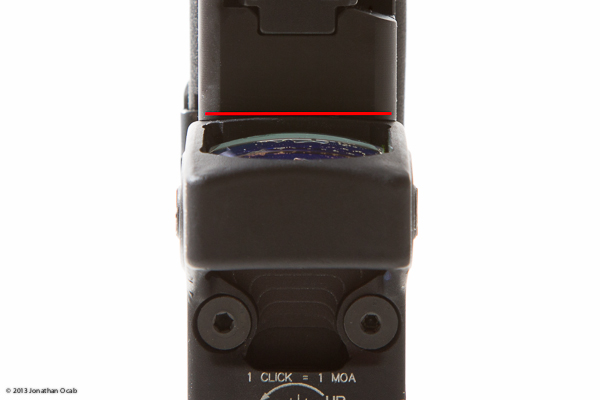
Second, milling a cut into the slide sets the RMR lower allowing co-witnessing front sights (more on this later).
Rather than sending off my slide to have a cut milled into the slide, I decided to just get a complete new slide already milled for the RMR.
So I ordered a TSD Combat Systems Glock 17 slide in black melonite from One Source Tactical out in (Prescott) Arizona which came pre-milled for the RMR and complete with all slide parts (sans barrel and recoil spring unit), suppressor sights, and a Trijicon RM63 RMR mount sealing plate.
Note: Brownells is my usual go to online vendor for firearms parts and they do carry the One Source Tactical slide. The OST/TSD slide Brownells currently carries is stainless (unfinished), which I didn’t mind, but does not include suppressor sights or the RMR mount sealing plate.
The RMR mount sealing plate is an inexpensive (less than $10) item that is used to keep the bottom of the RMR sealed from the elements. The RMR itself is actually open on the bottom and the battery is visible. You can mount it directly to the slide without the optional plate, but the plate serves as a way to keep things water resistant and provide insulation between the slide and the battery (heat).
Suppressor sights are taller than stock/OEM sights. They are designed for use with suppressors since you need a higher sight line to clear the muzzle of the suppressor, hence the name. The reason why the One Source Tactical TSD slide comes with suppressor sights for this specific application is because you also need taller sights if you want to co-witness iron sights with the Trijicon RMR.
Co-witnessing basically means you can use the iron sights through the optic without removing the optic.
As far as the RMR itself, I opted for model RM07 which is the adjustable LED version with a 6.5MOA dot.
When I was doing my research on the RMR for the Glock, I found that the 6.5MOA dot is considered the best choice for the pistol application. It’s about the right size for the short range in which pistol engagements occur (50 yards or less), yet still gives enough of a refined dot for the 50+ yard shot whenever it’s needed. Smaller sized dots such as 2MOA or 4MOA, which are commonly seen on rifle optics, would be too small/fine of a dot for pistol, and you run the risk of ‘losing’ the dot in your sight picture/acquisition, rendering the optic less than useful.
As far as the adjustable LED, I spent a little extra money on the model RM07 versus the model RM02 (fixed LED, constant-on, 6.5MOA) because of the fact that I use a Surefire X300 on my Glock. The dot on the fixed power LED will be washed out by the weaponlight, so the adjustable LED is critical since the power/strength of the dot can be increased to compensate for the beam of light on target.
The Trijicon RMR RM07 shipped from Brownells in a day and I had to wait about a week and a half for the TSD Combat Systems slide from One Source Tactical (from my understanding the slides are built to order). The slide arrived when I was in Las Vegas for the 2013 SHOT Show and it was waiting for me when I got back home.
After I threw it all together, I ended up taking it to the range on an unfortunately windy day. But I had to make the best of it and after zeroing the RMR in ten rounds, I shot around 200 rounds to break in the slide and to get accustomed to the reflex sight.
So what’s the verdict?
I am really liking the Trijicon RMR system. I have been a fan of red dot type optics on rifles / carbines for a long time, and having the same type of optic on a pistol is a great feeling when you want accurate *AND* fast shots.
But having a reflex sight on a pistol is definitely something you need to get accustomed to.
For one, you should not hunt for the dot. You should naturally point the gun and let the dot come to your sight picture. That being said, this goes all the way back to the suppressor sights. You *NEED* co-witnessed iron sights on a pistol with an RMR.
While the RMR is basically parallax free, the amount of free parallax (how far from center you can view the sight and still have the red dot appear to the eye) is somewhat small. Without iron sights to line up the gun, you will be hunting for the red dot in the RMR, which will slow down the acquisition of your sight picture and could be the difference between life and death.
The reflex sight on a pistol is not like a reflex or red dot optic used on a rifle. With a rifle, you index by virtue of cheek weld. Since pistols are held away from the body and there isn’t the head/face to gunstock contact to provide the index point as with long guns, the iron sights serve as the index and reference point.
When you bring up the gun and you will naturally begin to acquire the front sight as you come on target. During that time, the dot in the reflex sight will be visible and you can then use the dot instead of your irons.
Some might say this is counterproductive and ask why bother getting a reflex sight if it’s more difficult to use than just irons? Well, the strength of the reflex sight is that it eliminates the error of sight alignment which is critical for longer shots.
You *CAN* use the RMR on a pistol without irons, but as I said before, you will be hunting for the dot when you bring the gun on target and it will take you at least an extra second as opposed to irons. You could argue that you would *WANT* co-witnessed iron sights. I argue that you *NEED* co-witnessed iron sights.
Another aspect of the reflex sight is that it definitely makes you more aware of the movement of the gun while on target. Everyone knows they’re not perfectly still when they aim a pistol. But with irons, most people don’t see how much movement is occurring. With the RMR, you get immediate and clear feedback when you see that red dot moving over the target. I think this makes for a great tool when teaching someone trigger control on a pistol.
The reflex sight is a fantastic system for increasing hit percentages for longer range shots. I’ll admit: I’m not that great a pistol shooter. I can hold my own with the pistol, but my forte has always been the rifle. The RMR system definitely gives my pistol shooting a distinct advantage over having just iron sights.
But with only a couple hundred of rounds on this new platform, I still need to run many more to get some real experience with it.
There is one issue I want to discuss before I close out this review: Holster fit.
Prior to the RMR, I have been using the Blackhawk SERPA CQC holster for a (mostly) stock Glock 17. The Blackhawk SERPA is a fine OWB holster and has solid retention, especially for range use. Unfortunately, I realized the gun wouldn’t fit because the front suppressor sight was too tall and prevented the gun from inserting into the SERPA.
Unfortunate indeed.
Attempting to locate a compatible holster, I did a Google search on this issue figuring others would have had the same problem, but it did not yield any good results.
So I went to a local Turner’s Outdoorsman store and found a couple Blade-Tech holsters on the rack (note: I was actually looking at Blade-Tech since I owned one for the Springfield XD Tactical I sold awhile back). I brought the gun with me so I could test the holster fit in the store and while one of the Blade-Tech holsters did not fit (can’t remember what model), the other did.
The one that fit is the Blade-Tech OWB SRB (Sting Ray Belt) holster and I ended up buying it at Turner’s.
I’m not entirely sure if every single SRB produced for the Glock 17 will be the exact same mold with the exact same channel clearance for the suppressor height front sight post. Thus, you will want to test out your own specific gun and suppressor sight setup with holsters at a local dealer, or contact Blade-Tech (or whatever holster manufacturer you prefer) to see what they can guarantee with regards to fit for your specific gun configuration.
It is worthwhile to note that I did grind off a bit of the Blade-Tech SRB holster. The bottom left front corner of the RMR was actually making some contact with the holster when seated. I noticed as I inserted the the holster a couple times, the RMR made a mark on the kydex. Rather than letting the RMR eat into the kydex as it is used, I instead just used a small grinding wheel chucked into a drill press on a slow RPM speed to grind away a little relief indentation.
Some people responded to my RMR teaser photos I published an earlier blog posting, voicing their own interest in acquiring a Trijicon RMR for their own pistol.
I say, “Go for it.”
I think the Trijicon RMR will provide a great shooting experience for most people.
Again, I purchased my Trijicon RMR RM07 from Brownells and the One Source Tactical TSD Combat Systems complete slide (with suppressor sights and RM63 RMR sealing plate) direct from One Source Tactical.
As far as cost, you can get the Trijicon RMR RM07 for around $575 give or take depending on the vendor, and the current price for the TSD slide from One Source Tactical is $450. So if you go the same route I went, you are talking about a good $1000 USD (not to mention a new holster, if necessary).
Yes, the RMR costs more than the Glock itself. But anyone that knows optics knows that good glass costs money and the Trijicon RMR is no exception.
You can save a few bucks and have One Source Tactical modify your original OEM Glock slide for the RMR, as well. At the time of this writing, One Source Tactical offers the RMR milling *and* suppressor sights (parts and installation) on your provided slide for $250. Not a bad deal.
While I was at the 2013 SHOT Show, I passed by the Trijicon booth and discovered they released their own suppressor sights due to the growing popularity of Trijicon RMR sights on pistols. See Part 2 of my SHOT Show 2013 coverage for more info.
Hopefully this write-up gives helps you decide whether or not you want to commit to a Trijicon RMR or another miniature red dot / reflex type optic for your pistol.
Relevant Links:
Trijicon – http://www.trijicon.com
One Source Tactical – http://www.onesourcetactical.com
Glock USA – http://us.glock.com
Brownells – http://www.brownells.com
Blade-Tech – http://blade-tech.comAmazon Product Links – Trijicon RMR RM07 | Trjicon RMR RM02

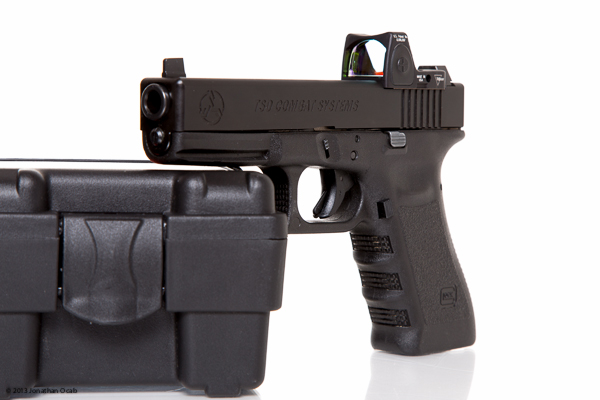
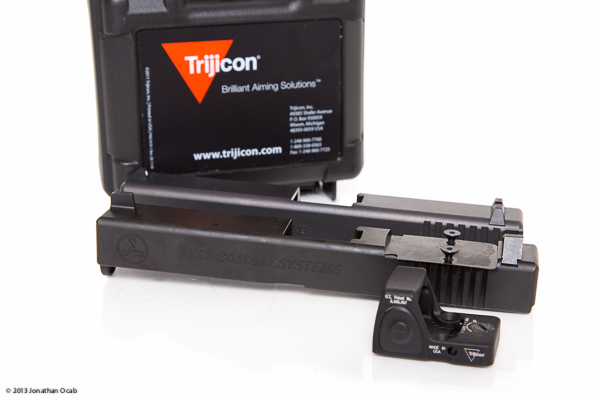
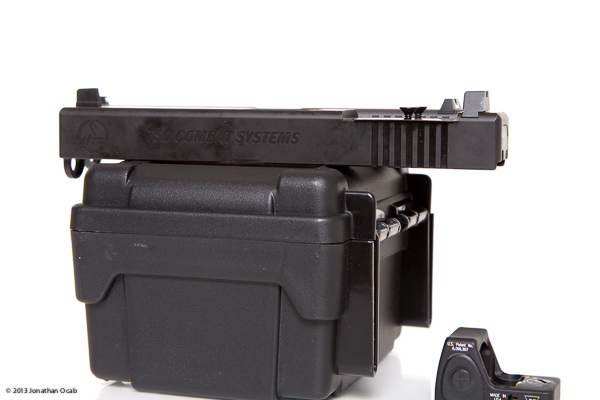
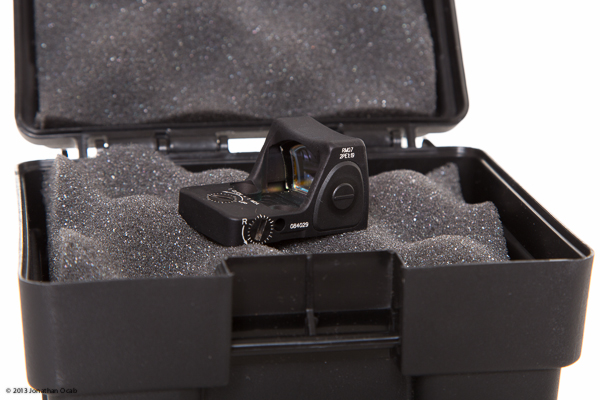
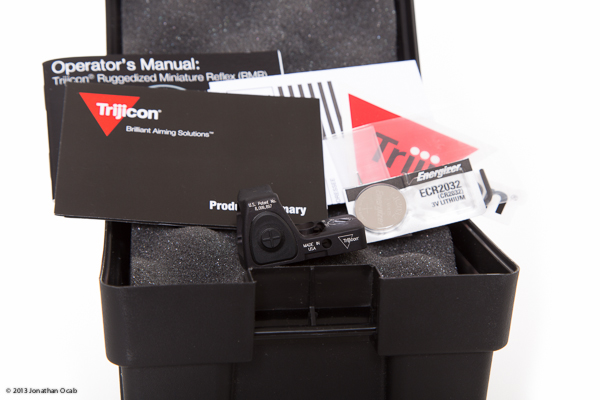
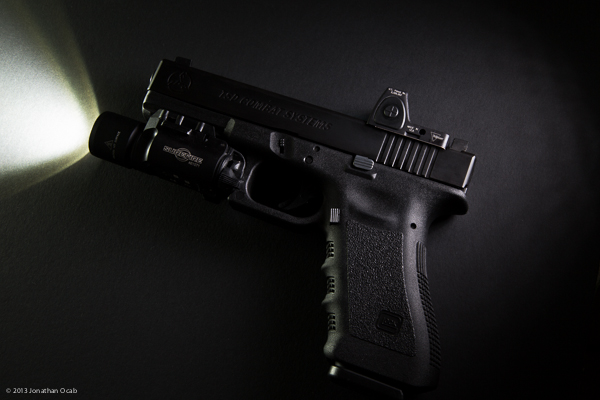
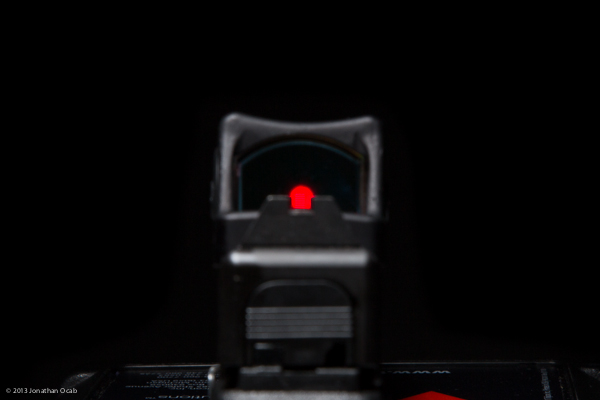
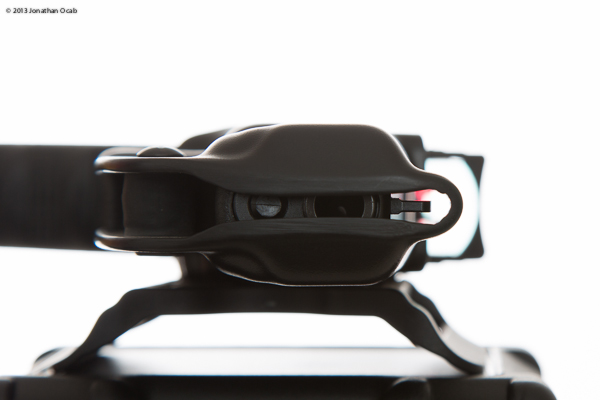
Blade-Tech OWB SRB Holster (for Glock 17) Review
[…] For more information on the Trijicon RMR, read my review at http://www.ocabj.net/glock-17-with-one-source-tactical-slide-and-trijicon-rmr-review/. […]
NotClauswitz
Since optic-cut slides are now available from Brownells, it’s almost enough to make me buy a Glock!
Robert Kinder
Nice good review and high res photos. Best photo of the 6.5 MOA red dot as seen through the Trijicon RMR that I’ve found on the Internet.
Steve Batschelet
The price leaves something to be desired.
Glock 19: The ‘Coupe’ of the Glock 9mm Family
[…] shooting my Glock 17 with a Trijicon RMR these past several months, I did not realize how much faster I am with just basic iron sights in […]
Vic
Very good review. I have an old G17 (gen 2) and may do this instead of buying a new hk.